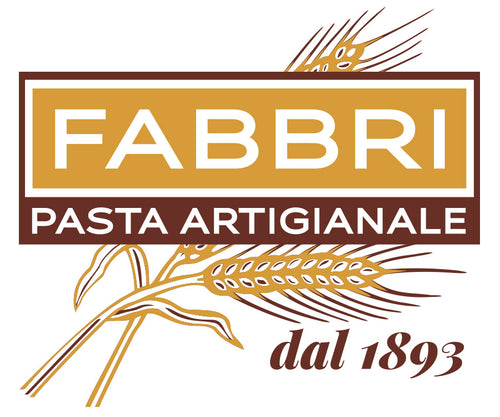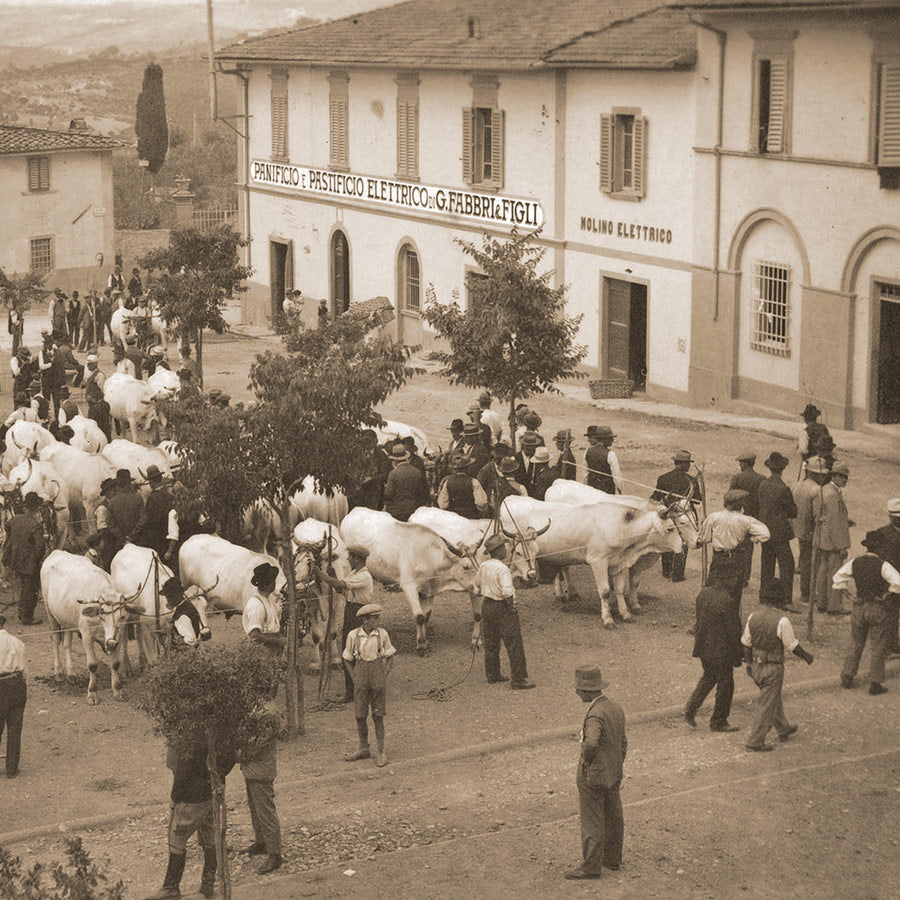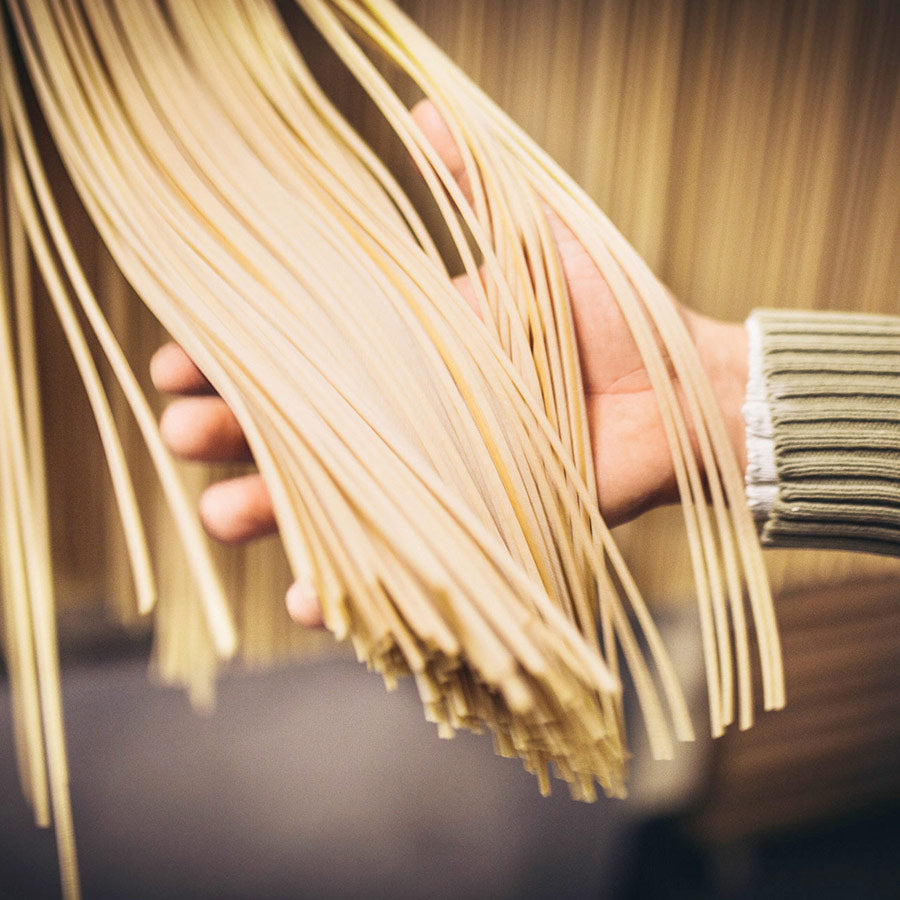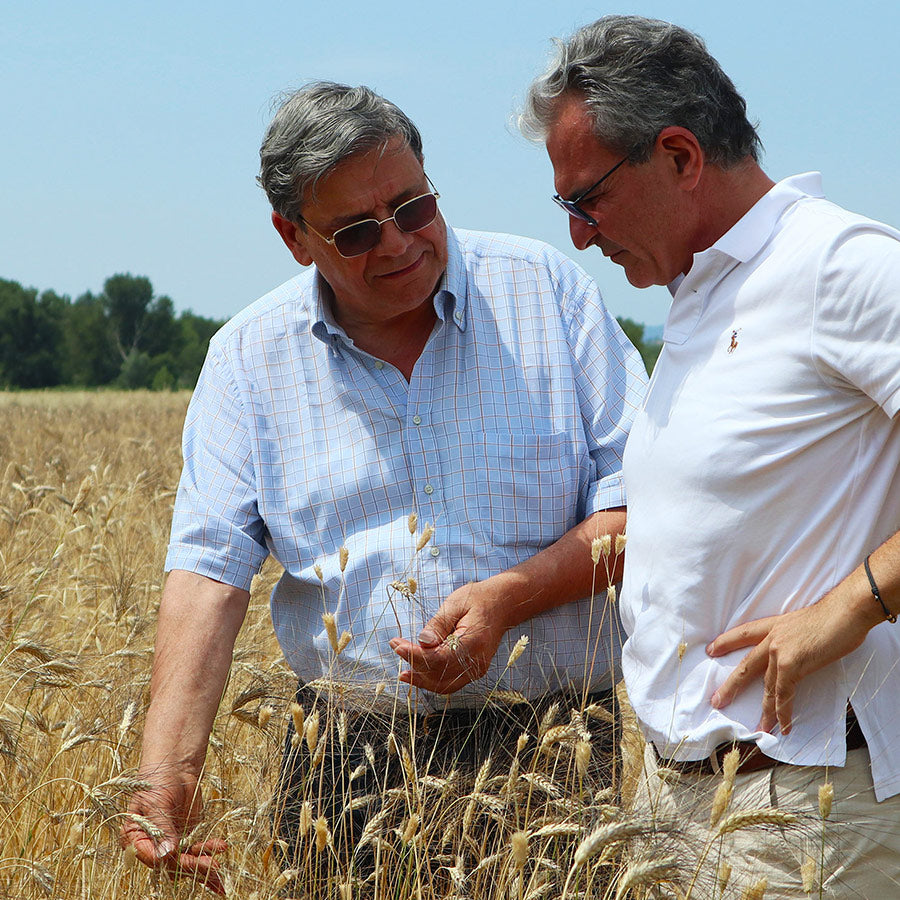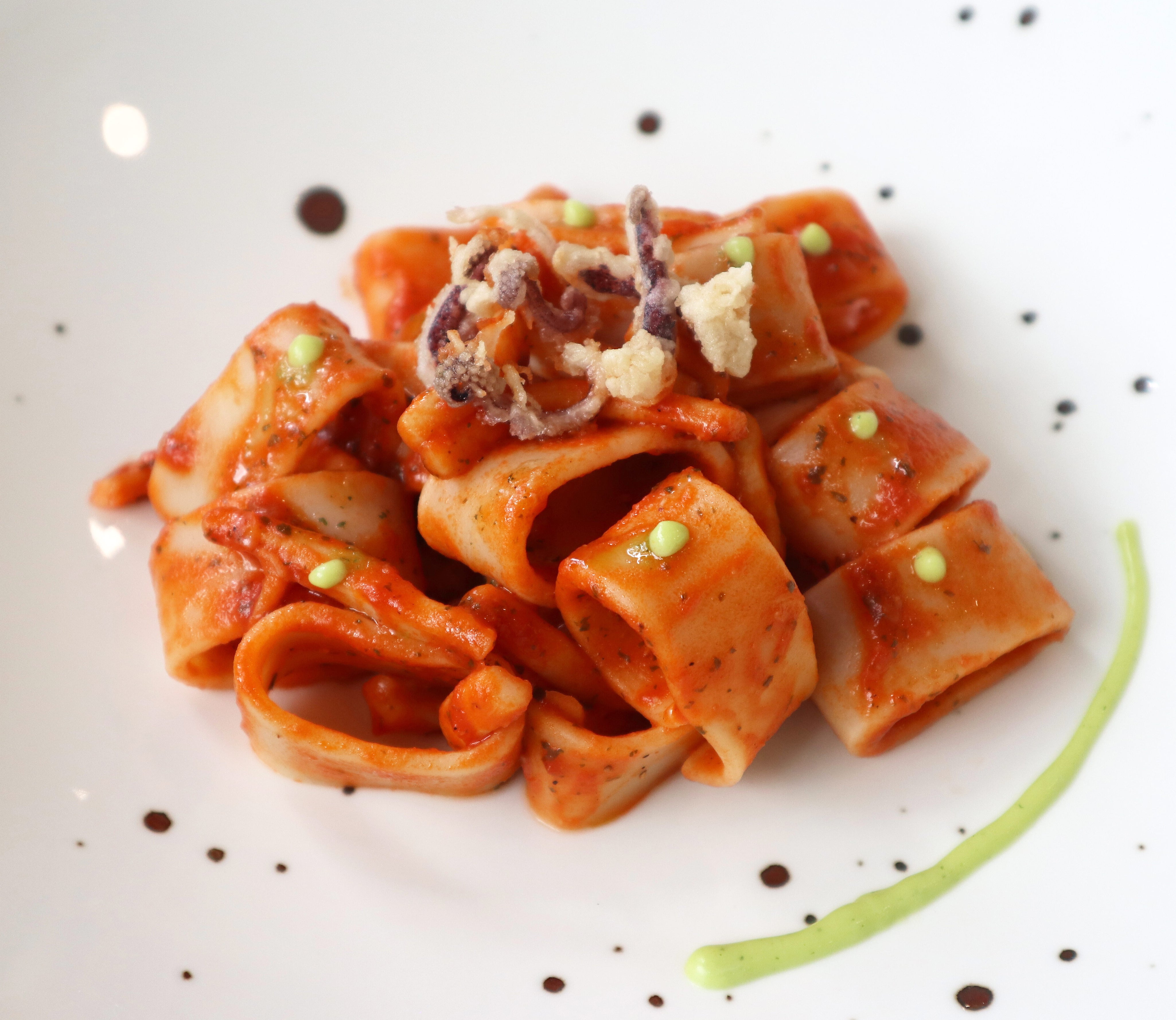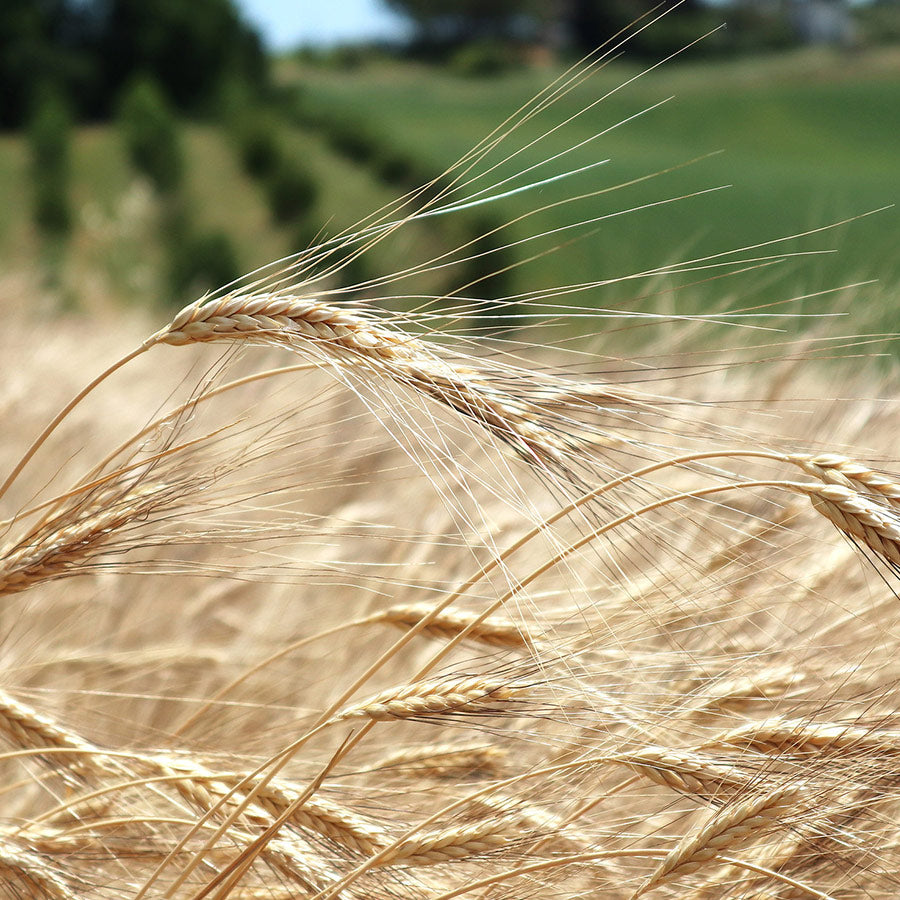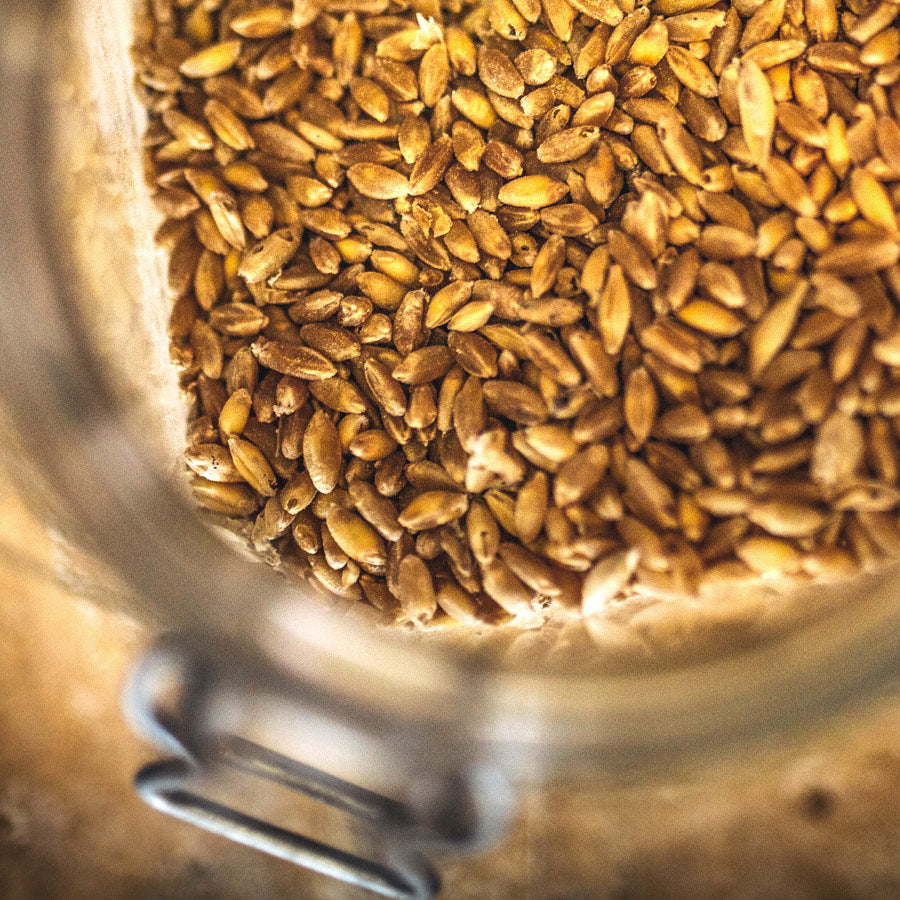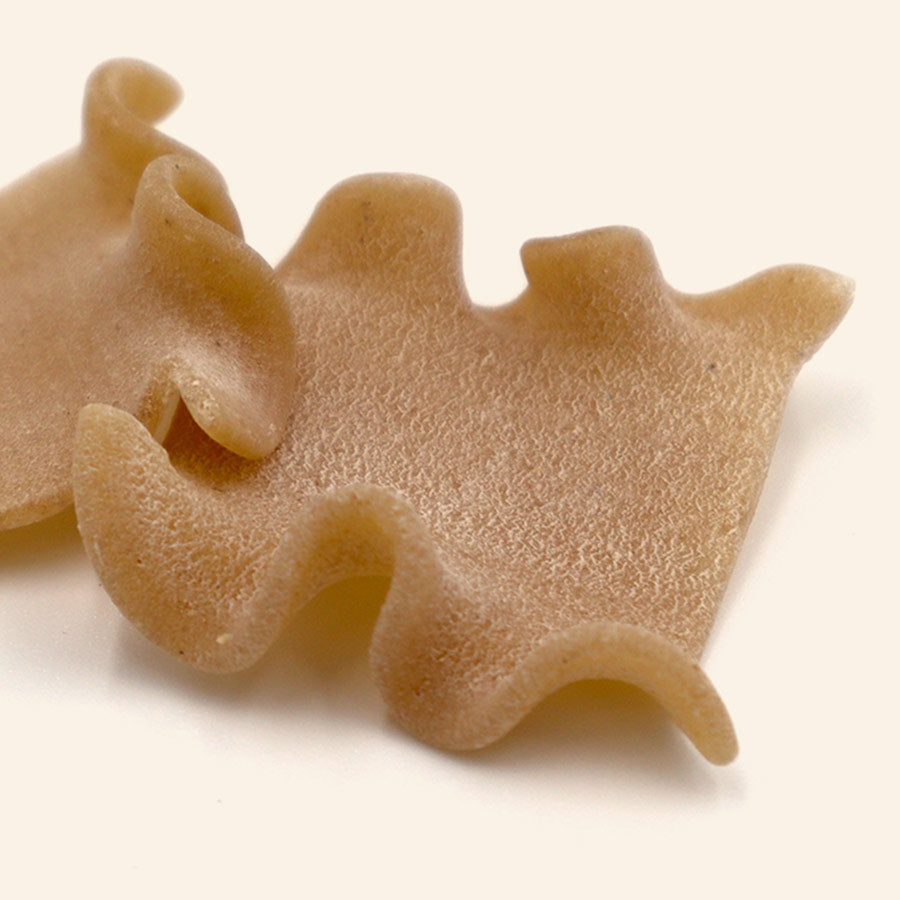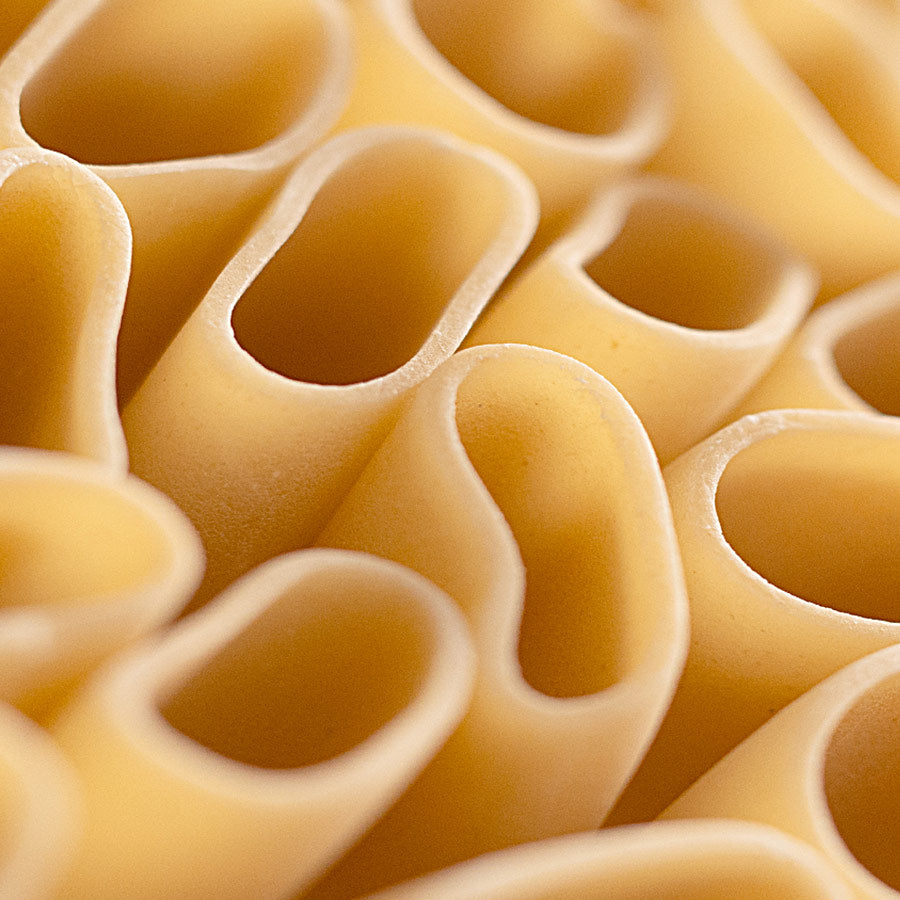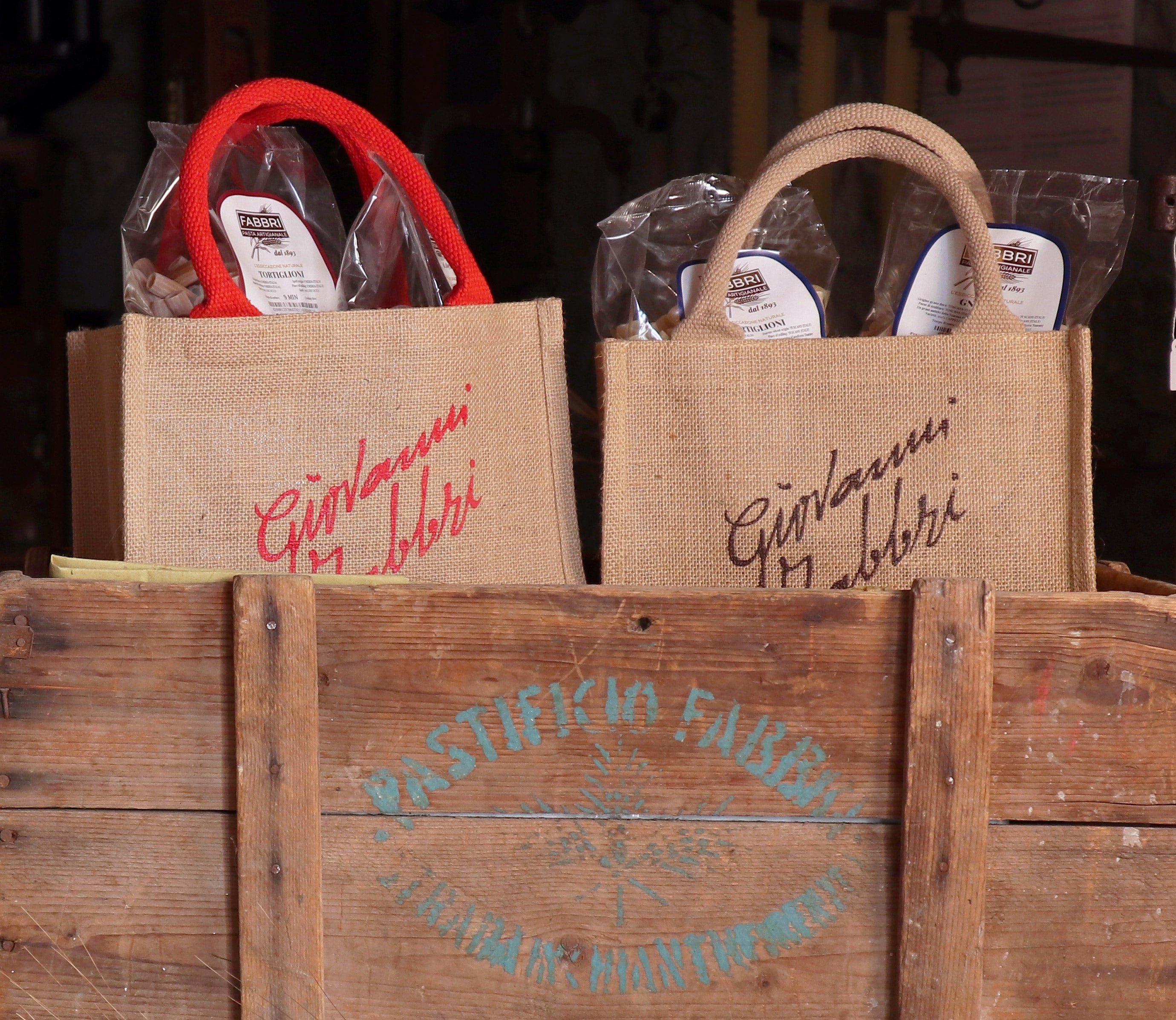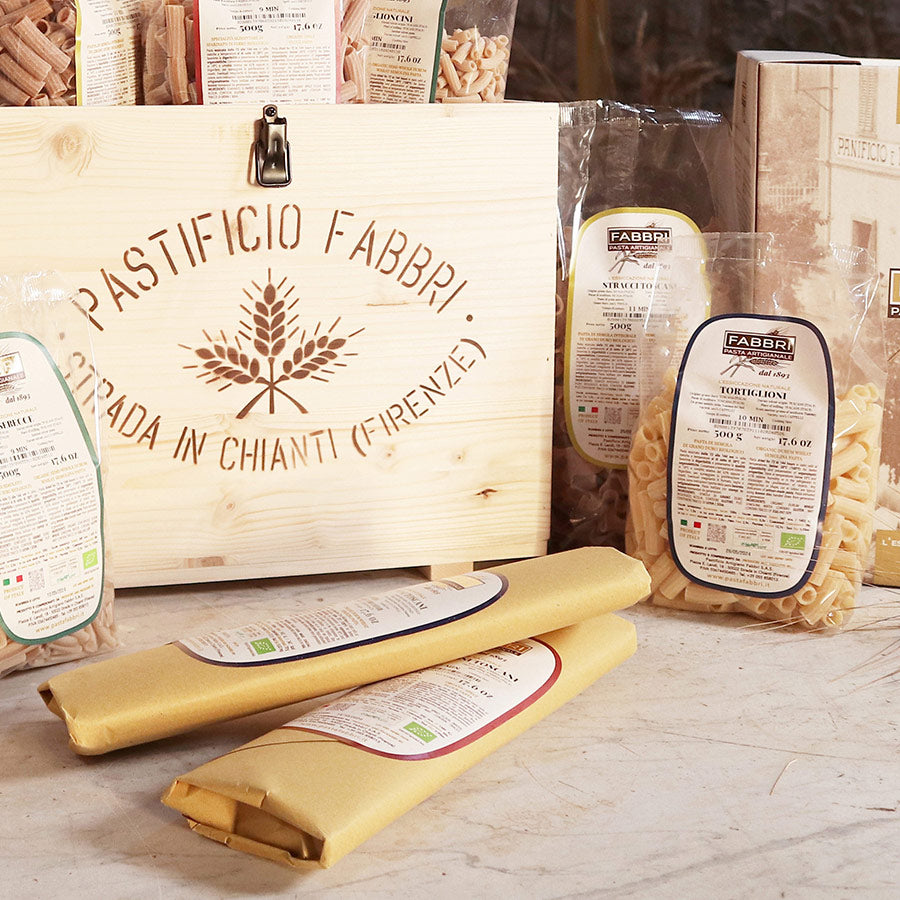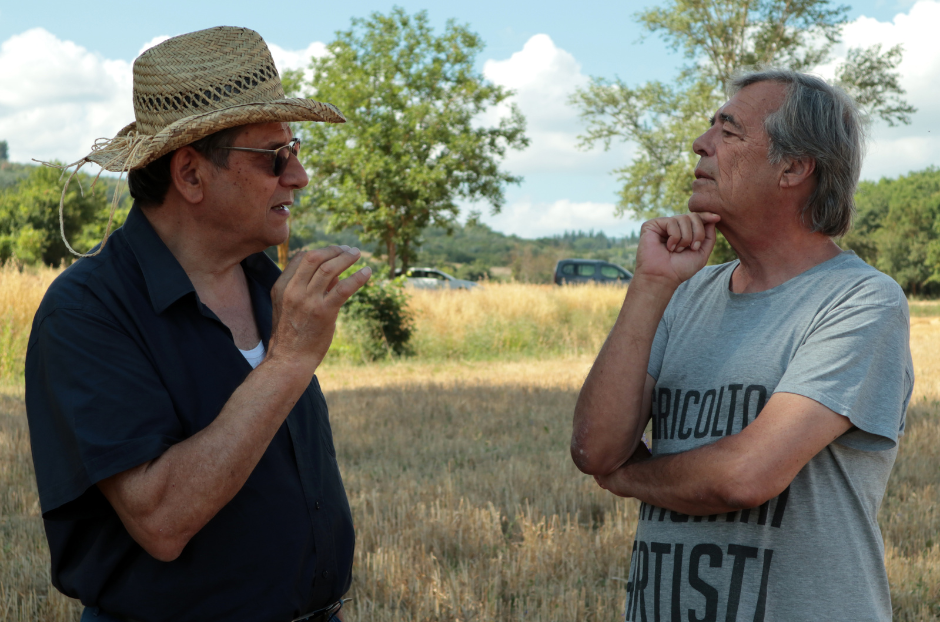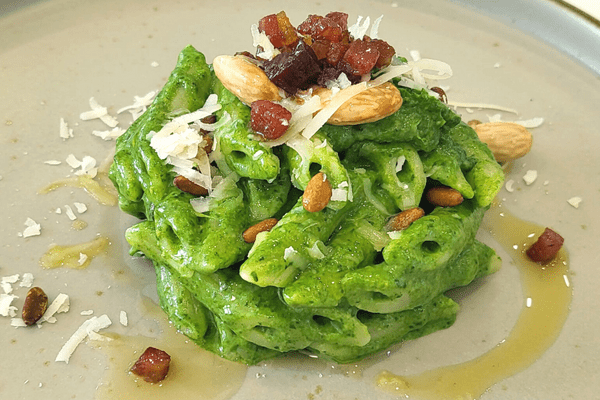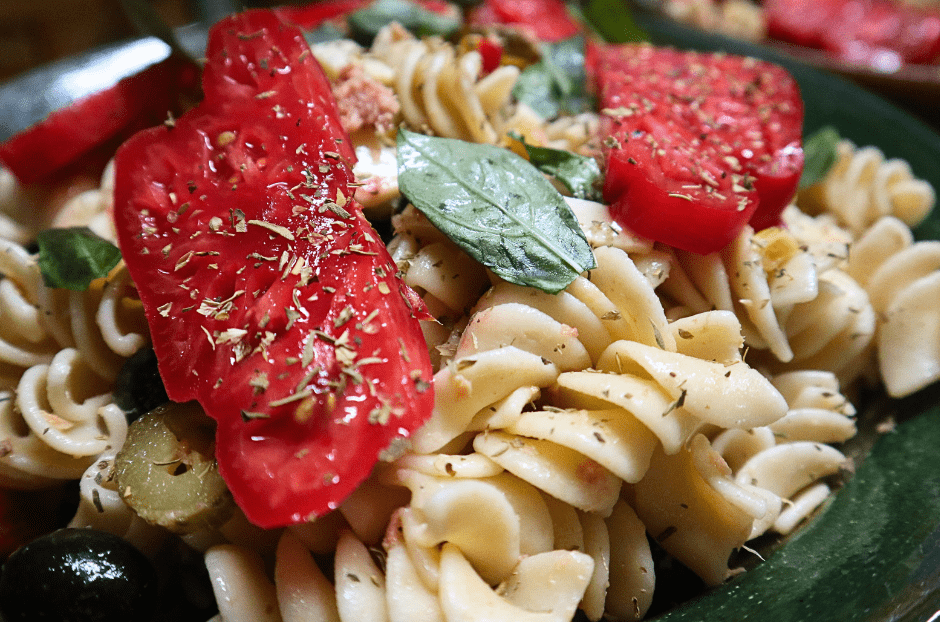Ancient Wheat VS Modern Wheat: discover the differences
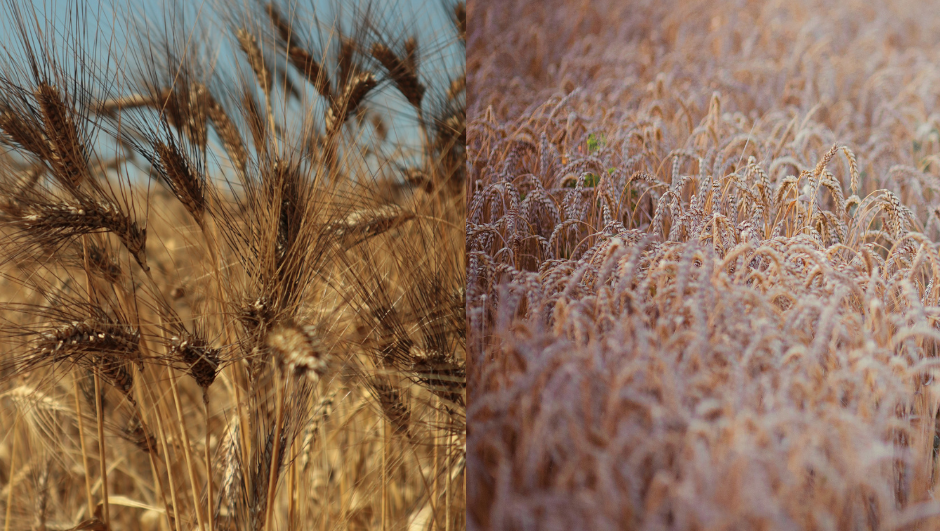
Dried pasta is traditionally produced with durum wheat, characterized by a more tenacious gluten than soft wheat (used to produce bread, fresh pasta and biscuits).
However, there are two main types of durum wheat : the ancient one and the modern one.
Which is important to choose? Let's explore these differences together.
Ancient wheat: treasure cultivated over the centuries
The term ancient wheat refers to several species of the Triticum genus, which indicates both the plant itself and the caryopsis containing the grain.
This wheat, in some cases cultivated since Roman times, such as einkorn or einkorn, maintains the same characteristics that nature once offered with intense aromas and flavors .
To preserve these properties, it is essential to opt for organic cultivation that excludes the use of pesticides and herbicides aimed at protecting the plant.
There are some durum wheats that have a height that sometimes exceeds 1.70 meters . It is a distinctive feature, but which can also be a possible flaw . Just think of a possible gust of wind or hail capable of destroying the wheat field.
Some examples of ancient wheats that we use for our organic pasta include Cappelli wheat (even if born in the early 1900s, it is considered an ancient wheat -> click here to read the article ) , Timilia wheat , coconut spelt and einkorn spelled .

Dicocco spelled field
Modern wheat: genetic modifications and massive use of herbicides
During the " Green Revolution ", a period of notable agricultural innovation, modern wheat was subject to genetic selection to maximize production and improve weather resistance. These changes have resulted in a reduction in size to around 70/80 cm .
To grow these grains, agricultural practices defined as "high input" are adopted , which include the use of significant quantities of synthetic fertilizers, herbicides and pesticides.
It follows that this type of wheat is not well suited to organic cultivation.
Furthermore, following this processing method can also limit the competitiveness of the wheat with the spontaneous flora , leading to the use of chemical herbicides that help keep the growth of weeds under control.
Choice of ancient wheat for well-being and health
Our choice to work with ancient grains is a decision based on research conducted in collaboration with the University of Florence, which demonstrates that ancient grains can bring significant health benefits : high digestibility, positive effect on some biomarkers of cardiovascular diseases , reduction of abdominal pain, swelling and blood cholesterol levels etc.
Our preference for ancient grains is also based on the desire to produce a pasta that, in addition to satisfying the palate, respects the environment and traditions.
Although the road may be more challenging, we believe that producing pasta made as it once was fully justifies the efforts dedicated.
